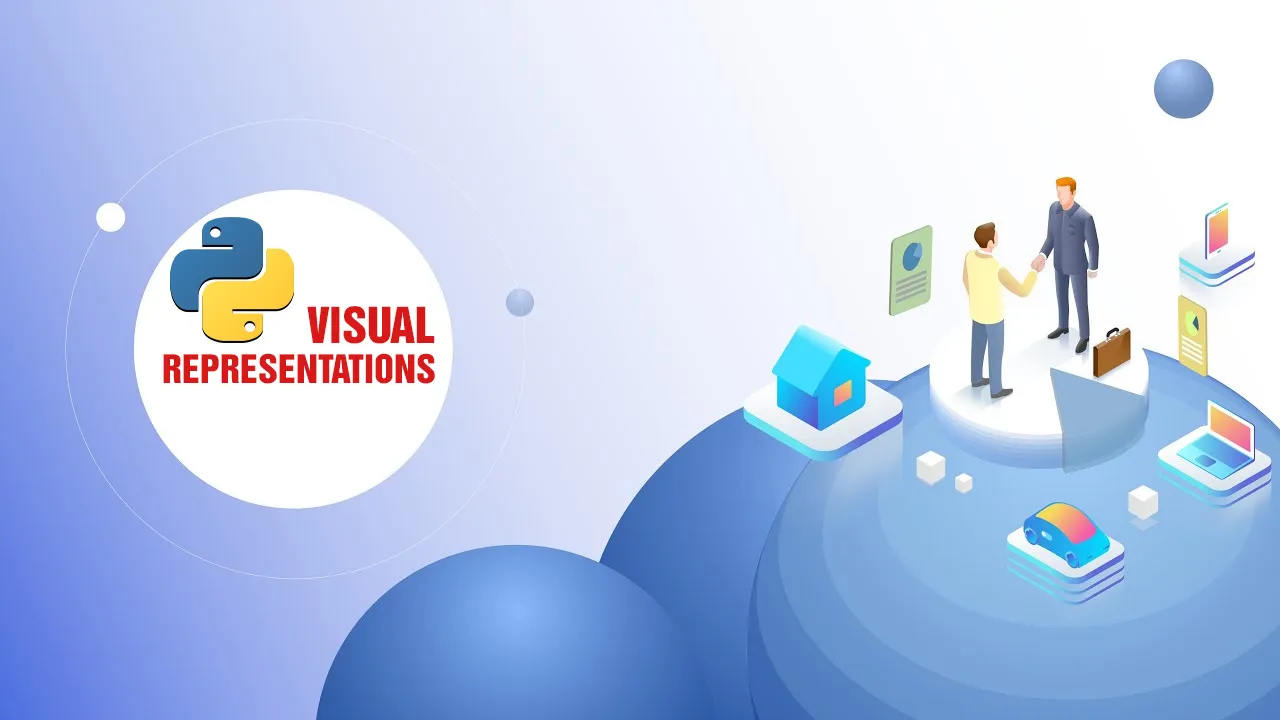This is a follow-up to my last publication, about learning business statistics in order to find a data science job, if you didn’t read my first post, please check it in here.
So, this text will cover the contents of the first and half of the second chapter of the book Statistic for Business and Economics by David R. Anderson, Dennis J. Sweeney, and Thomas A. Williams, if you want to check out I’m going with the eleventh edition.
Before we start with my biggest learnings I would like to tell you something that I been thinking about this during the first chapters:
If you want to follow this path, you need to rely more on learning with documentations than learning from free internet content.
Why? Well, this text will cover a little bit about some very early concepts but more on visual representations, and doing it on python, can be very tricky. The most tricky part of it is the part about how to input your data, and how your input will give the desired output, I looked into some content online to try to help me and, some of it just make you go and reproduce exactly what the person in the other side of the screen is doing, which is very far from reality (even the exercises for you to think about, are pretty much a copy and paste).
Given that situation, I had to go choose my tools of choice, and I how they work together, as my computer is very old (I’m running a 4GB RAM so pray for me in the future), I’m going with Jupiter Notebooks as my IDE, for running each individual cell, Pandas for data manipulation, just because I have more affinity with it now but I’m learning how to switch to Numpy when necessary and Plotly for data visualization, because, apparently, Matplotlib doesn’t work so well with Jupiter and I had an annoying bug running it.
Another thing I found myself really surprised in the first chapter already, the number of concepts covered by the book that often listen associated with data science. Inference, data mining, time series, quantitative data, all that jazz really explained and really giving me some ground on all those stuff.
So now that you are up to speed, let’s get into what I’ve done so far.
#python-programming #data-science #machine-learning #python #data-visualization #visual representations
